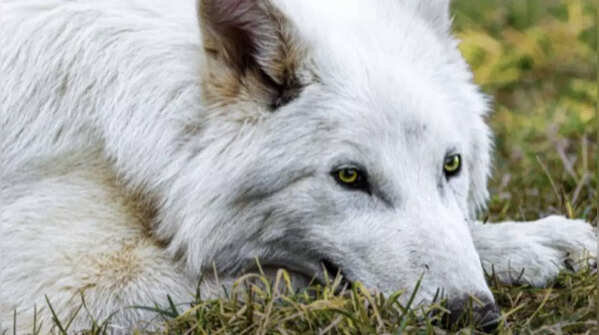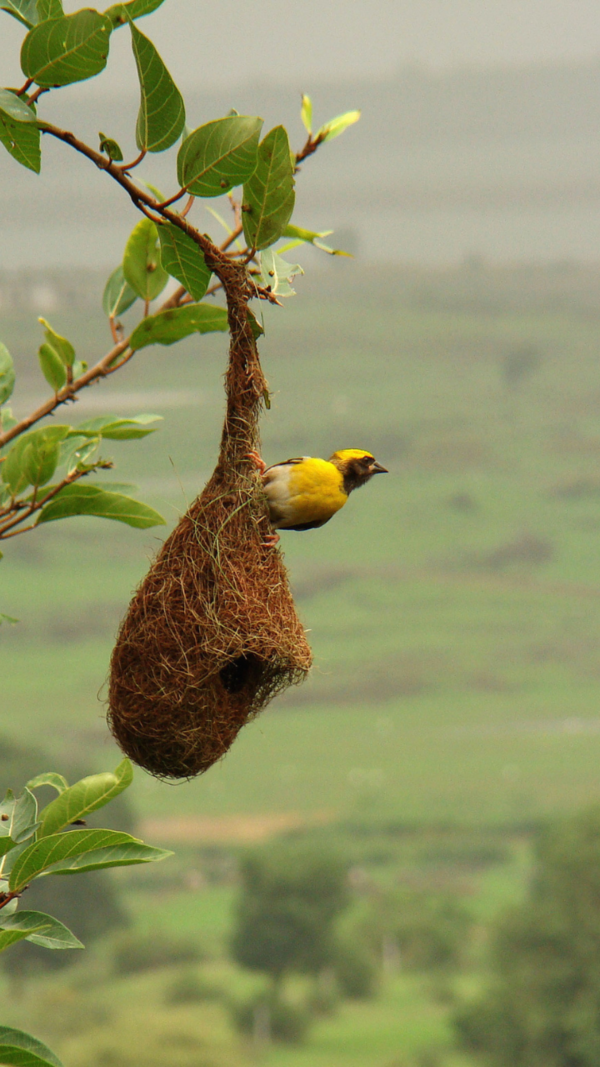Elon Musk wants to pet Dire Wolves: 5 lesser known facts about Dire Wolves that came back from extinction

5 lesser known facts about dire wolves that are back from extinction
Colossal Biosciences, the only de-extinction company in the world, has achieved a milestone with the successful rebirth of the dire wolf species that had been extinct for over 12,500 years. The dire wolf which gained popularity by the Game of Thrones series, was an American canid that once roamed the earth alongside ancient creatures. The Colossal's scientists have now successfully brought three dire wolf cubs into existence. This is also a way forward in bringing back other extinct species to life.
Amid this milestone achievement, Elon Musk quickly shared his excitement about the news on X. In his post, he shared a video of the cubs trotting, sleeping, and howling, calling the sight "cool." Musk also expressed his desire for a miniature version of another extinct species as a pet. "Please make a miniature pet woolly mammoth (sic)," Musk posted, showing his fascination with the idea of having a real-life ancient creature as a companion. His reaction has gone viral online and has also garnered significant attention to the dire wolves. Here are some facts about Dire Wolves you must know.

Dire wolves went extinct at the end of the last ice age
The dire wolf, like many other large mammals of the Pleistocene age, disappeared at the end of the last Ice Age. Experts believe this extinction was linked to the loss of its primary food sources, like the large herbivores that either died from starvation due to climate shifts or were hunted to extinction by early humans. Some theories even suggest humans may have specifically targeted dire wolves, considering them a dangerous threat. However, while this idea often appears in movies, it’s not widely supported by scientific research.

The dire wolves had bone crushing jaws
The dire wolf was far from your average predator. Its powerful jaws were designed to not only tear through the flesh of its prey but to crush bones and consume the nutrient-rich marrow inside. This bone-crushing ability sets the dire wolf apart from many other predators of its time. Paleontologists compare its feeding habits to those of Borophagus, that was an ancient dog ancestor and was also able to break and eat bones, suggesting the dire wolf had a similar evolution to these extreme meat-eaters.

It was a hypercarnivore predator
Describing the dire wolf as "hypercarnivorous" makes it sound more intimidating than it really was, but it’s a term used by scientists to describe animals that ate primarily meat, making it at least 70% of their diet. This puts the dire wolf in the same category as other fierce carnivores like the saber-tooth tiger. Hypercarnivores like the dire wolf had large, sharp canine teeth perfect for slicing through flesh, which helped them hunt effectively in their Pleistocene environment.

A distant relative to modern dogs
While it may seem like the dire wolf was a direct ancestor of modern-day dogs, it was actually more of a distant relative. The dire wolf was closely related to the gray wolf (Canis lupus), from which all modern dog breeds are descended. However, the dire wolf was a side branch of the canine family tree, not a direct progenitor of today’s domestic dogs. Its lineage diverged long before the gray wolf spread across Asia and evolved into the various dog breeds we see today.

Its primary competition was with the Saber-Tooth Tiger
The dire wolf’s main competition for food in its time was the saber-tooth tiger. Fossil evidence from the La Brea Tar Pits shows that both these predators shared the same territory, hunting the same prey. It’s even likely that during times of scarcity, these two apex predators competed directly for food, or perhaps even hunted each other when resources were especially limited. Their coexistence in the same ecosystem is also an interesting part of the prehistoric era that was played out millions of years ago.








